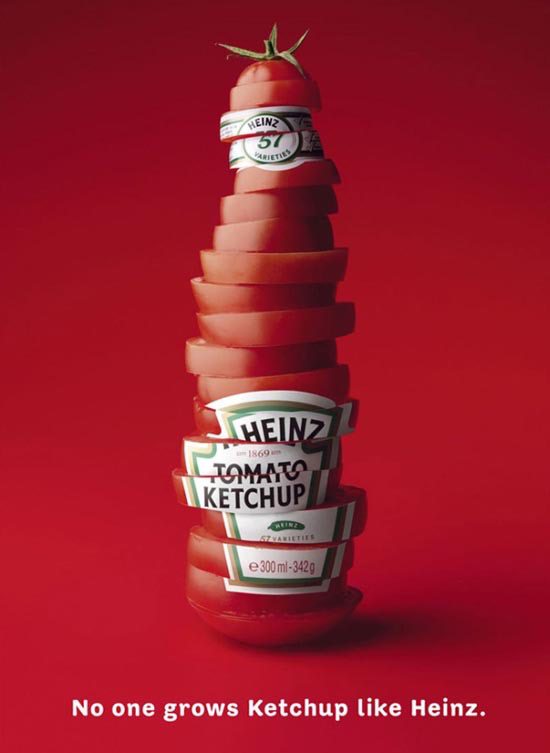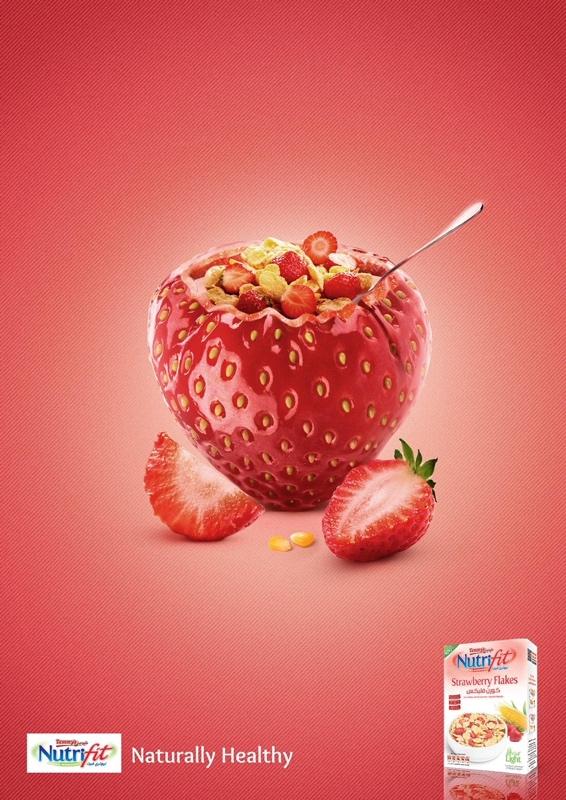Advertising has become an essential element of product promotion strategy in a globalized world. The first commercial advertisements were published in 1650 in England. Consequently, the advertising began to spread in the United States in 1704, also in newspapers, mainly for the purchase and sale of real estate. As their primary objective, advertisements intend to market a product, service, or even an idea. The general characteristics of the advertisement are usually expressed through the language, visuals, and sound effects. These characteristics can vary depending on the means of communication and intended message; however, the advertisements are always aimed at selling the company’s services or products to the consumer. In terms of delivery methods, the advertisements can be transmitted via television, the Internet, radio, billboards, magazines, and print newspapers. Finally, the message is tailored to a specific target audience, which the company tries to reach.
Two following examples of advertising represent the use of visuals in conveying the company’s message. The first advertisement was created by Heinz, a world-famous American food company established in 1869 (Heinz, n.d). The second ad promotes Nutrifit, an Egyptian brand of healthy cereals, and represents the images of naturalness and freshness similar to Heinz. These simple yet visually attractive advertisements reveal the vision of competitive advantage that Heinz and Nutrifit want to transmit to the target consumer. Overall, Heinz and Nutrifit promote their products by creating images of wellness and tastiness through uncomplicated optical illusions and messages of health.
Heinz made an eye-catching visual advertisement with the image of tomatoes stacked in the shape of a ketchup bottle. The ad promotes ketchup — a specific product but also conveys the key values of the Heinz company — naturalness and sustainability. As such, advertising speaks to people’s minds and needs in several ways. Most importantly, it attracts customers who like organic, healthy, and fresh products. Juicy bright-red sliced tomatoes serve as the central part of this advertisement, instantly grabbing people’s attention. In addition, the written phrase emphasizes how Heinz makes ketchup starting from growing excellent-quality tomatoes instead of using artificial ingredients. This statement underscores the point of naturalness and freshness in its products. This message is vital for the potential target audience, considering how many artificial products are on the market. Overall, the appeal of red tomatoes attracts the brand’s target audience, creates desire, and makes the advertisement memorable.
Advertisement of Nutrifit cereals promotes another product with nutrition appeal. The company tries to position itself as a manufacturer of healthy cereals made from natural ingredients, which is different from many competitors. According to this goal, the advertisement for Nutrifit Strawberry Flakes includes the image of cereals put in a bowl made of fresh, shiny strawberry. As such, it is implied that the company’s product is as tasty, fresh, and natural as strawberry itself. In addition, the phrase “naturally healthy” reinforces the image of a natural, delicious and healthy cereal brand. Overall, all the combination of these elements serves to attract the brand’s target audience — people who want to add healthy products to their daily diet.
In general, an optical illusion can be described as showing something that is not actually present or showing something from a different perspective in order to send a subliminal message to a customer. Mertes (2021) provided an example of optical illusion used in the FedEx logo — an arrow, which can be noticed if one looks carefully between the “E” and “X”. Supposedly, this arrow should send the subliminal messages of speed and movement, which are very fitting for a transportation company. In addition, optical illusions can serve to evoke emotions in potential customers. Even skimming through an ad may incite strong emotions (Wu et al., 2018). In this regard, optical illusions may attract the customer on an emotional level.
In the cases of Heinz and Nutrifit, the optical illusions are much less complicated and accessible to the target audience. Heinz portrayed their traditional ketchup bottle with sliced and stacked beautiful, fresh tomatoes. This illusion is easy to understand, as it sends a straightforward message — the standard glass bottles of Heinz ketchup contain fresh and tasty product made from gorgeous tomatoes like in the advertisement.
Nutrifit utilized the same strategy for creating an effective, easily understandable optical illusion. The company’s strawberry flakes are placed in a big strawberry instead of a usual glass or ceramic bowl. The “strawberry-bowl” looks visually attractive and delicious; the graphic designer did a solid job convincing possible customers that Nutrifit cereals are equally tasty. In addition, this optical illusion further convinces the target audience that Nutrifit strawberry flakes are made strictly from corn and strawberry. Therefore, a simple optical illusion facilitates the connection between the company and the target audience on a cognitive level.
Implied messages of health and wellness have also shown a significant effect on customers’ behavior. Hagen (2021) conducted a study that confirmed strong ties between the physical appearance of food and its perceived healthiness. Essentially, people considered physically attractive, “pretty” food more natural and, consequently, healthier than the same food but presented in a less attractive way (Hagen, 2021). As such, giving a pretty appearance to food in advertising can improve its healthy image, which can eventually convince the consumer to buy the product.
Both Heinz and Nutrifit advertisements include these messages, expressed in the form of text and visuals. On the one hand, Heinz’s advertisement states explicitly that “no one grows Ketchup like Heinz”. As such, the customer is being informed that Heinz ketchup is entirely natural and healthy, as it is made only from the best organically-grown tomatoes. Due to the prettiness of sliced tomatoes used in the advertisement, it also carries an implied message of health. On the other hand, Nutrifit states their health message in a simple “Naturally Healthy” slogan, which corresponds well with the visual image of cereals placed into the organic strawberry-bowl. The beautiful appearance of the strawberry-bowl may lead the potential customer to a logical conclusion — Nutrifit product is pretty, hence natural and healthy. As a result, the potential members of the target audience may receive the final argument in favor of buying Nutrifit cereals.
In conclusion, the analysis of visual advertising clarified how Heinz and Nutrifit used simple optical illusions and clear messages of health and wellness to promote their products. These examples showed that complex images are not a necessity in advertising. On the contrary, simplicity often better conveys the message to the target audience, thus strengthening the brand. In particular, the vision of such values as naturalness and care about customers’ health was an essential factor in analyzed cases. Overall, both Heinz and Nutrifit made these messages clear and straightforward in their visual advertising.
Advertisements


References
Hagen, L. (2021). Pretty healthy food: How and when aesthetics enhance perceived healthiness. Journal of Marketing, 85(2), 129-145. Web.
Heinz. (n.d.). The proud history of Heinz. Web.
Mertes, A. (2021). What are optical illusions and how can they be used in advertising? Quality Logo Products Blog. Web.
Wu, C. H., Sundiman, D., Kao, S.-C., & Chen, C.-H. (2018). Emotion induction in click intention of picture advertisement: A field examination. Journal of Internet Commerce, 17(4), 356–382. Web.